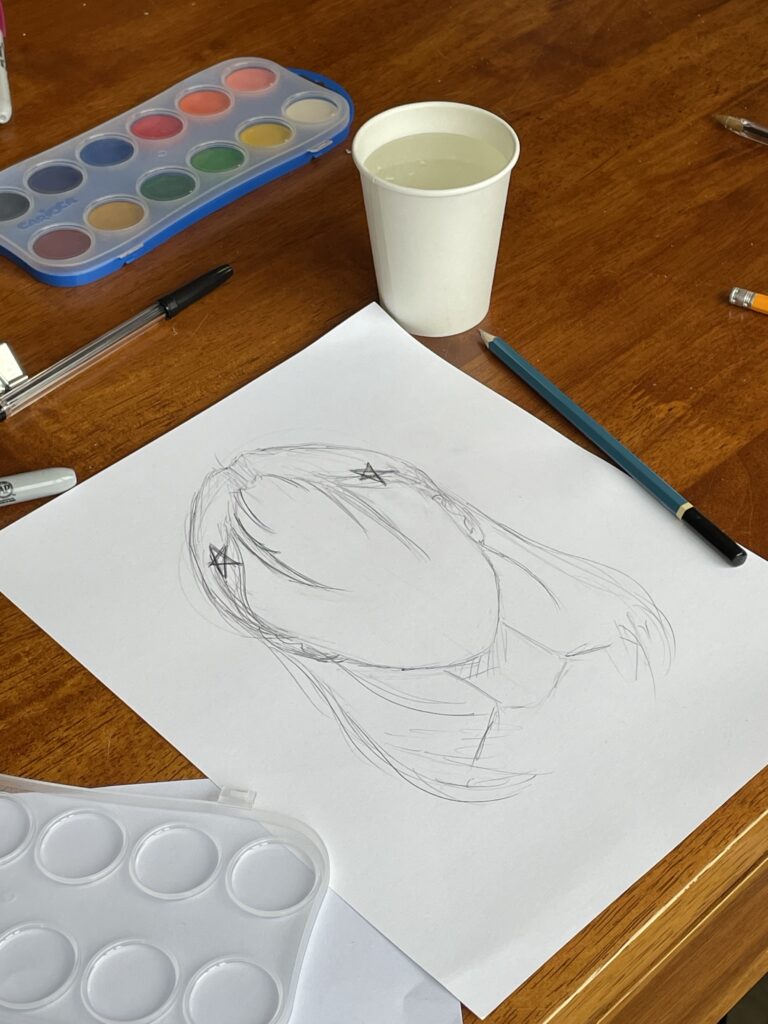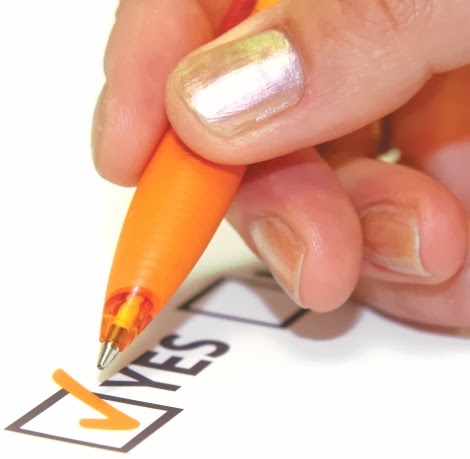There are quite a few people in the Bible who had self esteem issues. The Bible might not use that term, but take Peter for example. He was probably a successful fisherman and then was especially chosen by Jesus to be an Apostle. He was passionate, but also had a habit of saying or doing things that didn’t always turn out so well. He denied Christ. Yet, after he rose, Jesus sought out Peter and let him know he was still loved and of value to God.

Godly self esteem is based on how God sees us – without excuses, filters or trauma. God knows our strengths and our weaknesses. He wants us to use those strengths to further His Kingdom and work on improving our weaknesses – particularly in spiritual areas. He is not concerned with how curly our hair is or whether our acne is under control. To God, our hearts, minds and character are what matter the most.
The world, however, gives us a rapidly changing mercurial view of ourselves. I have naturally curly hair, that was absolutely the opposite of beauty standards as a teen. That did not help my self esteem. Yet, merely a few years later, curly hair was all the rage and everyone envied my naturally curly locks. And it’s not just physical appearance, personality characteristics, talents and other things upon which we base how we view ourselves are viewed as pluses and minuses by society – which also changes those perceptions rapidly.
Add on the angst of emerging hormones and many older children and teens have a very unrealistic self esteem. This can be heightened if they were emotionally abused, bullied or even teased. On the other hand, young people who have all of the traits currently valued, may have developed a highly inflated self esteem – especially if they are rarely corrected at home.
There’s a great activity you can do to start a meaningful discussion on self esteem that can be tied to Peter, Samson, David or anyone in the Bible who experienced highs and lows during their lives. Give each student a piece of white card stock paper. Provide as many interesting art supplies as possible. Instruct them to draw a self portrait. Half of their portrait should be how they believe others see them and half how they see themselves. Reassure them the quality of the art doesn’t matter. It can be cubism and words. I even had one guy draw a soccer ball for his head!
After their portraits are nearly complete, remind them of the definition of godly self esteem. Have them write words around their portrait describing how they think God sees them. Encourage those who are willing to share their results. If everyone is super private, you may want to have your own that you could share. End by encouraging them to more closely align themselves with who God wants them to be and on those bad (and good) days, remember how God sees them.




